Buy Indigo Synthetic (482-89-3) MF: C16H10N2O2 | MW: 262.27. Get High Quality Indigo Synthetic (482-89-3) from Tristains.
Indigo Synthetic, a man-made alternative to natural indigo dye, boasts a luxurious blue hue. Derived from plants of the Indigofera genus or created synthetically, its chemical composition is C16H10N2O2. Also referred to as Indigo blue or Indigotin, this dye finds utility in textile dyeing, histological staining, and pH testing.
“TriStains”, Histological Stains/Biological Stains that offer range of stains used in Histology, Cytology, Microbiology and Hematology laboratories. TriStains meet the highest quality standards and give excellent color performance of desired components of cells and tissue in life science laboratories. TriStains series products are carefully tested to ensure accurate, reliable, and reproducible results. Our products are available in different packaging sizes to allow you to get all types of stains & Indicators for your specific purposes from a single source.
In-addition Tristains also deals in numerous Laboratory Supplies, Chemicals, Equipment, Instruments, Reagents, Standard Solutions, Buffers, Histological Stains/Biological Stains & Indicators and many more, for more information please visit our website www.tristains.com or email to sales@tristains.com we will be happy to help you. All Tristains Products are exclusively distributed by Dawn Scientific Inc (https://dawnscientific.com)
Application :
- Indigo Synthetic has been used as a dye to measure food consumption in Drosophila.
- It has also been used to investigate the ability of fungal strains in the degradation and decolorization of indigo dye.
- Indigo is a vat textile dye, widely used on cellulosic fibers like cotton.
- It is also used to inhibit corrosion of mild steel in aerated sulfuric acid.
- It is used in histology to stain tissues, providing contrast to highlight specific structures for microscopic examination.
Benefits :
- Ensures a high degree of purity and consistency
- Provides a deep and vibrant blue color
- Versatile and cost-effective
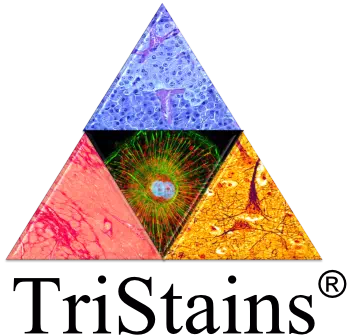
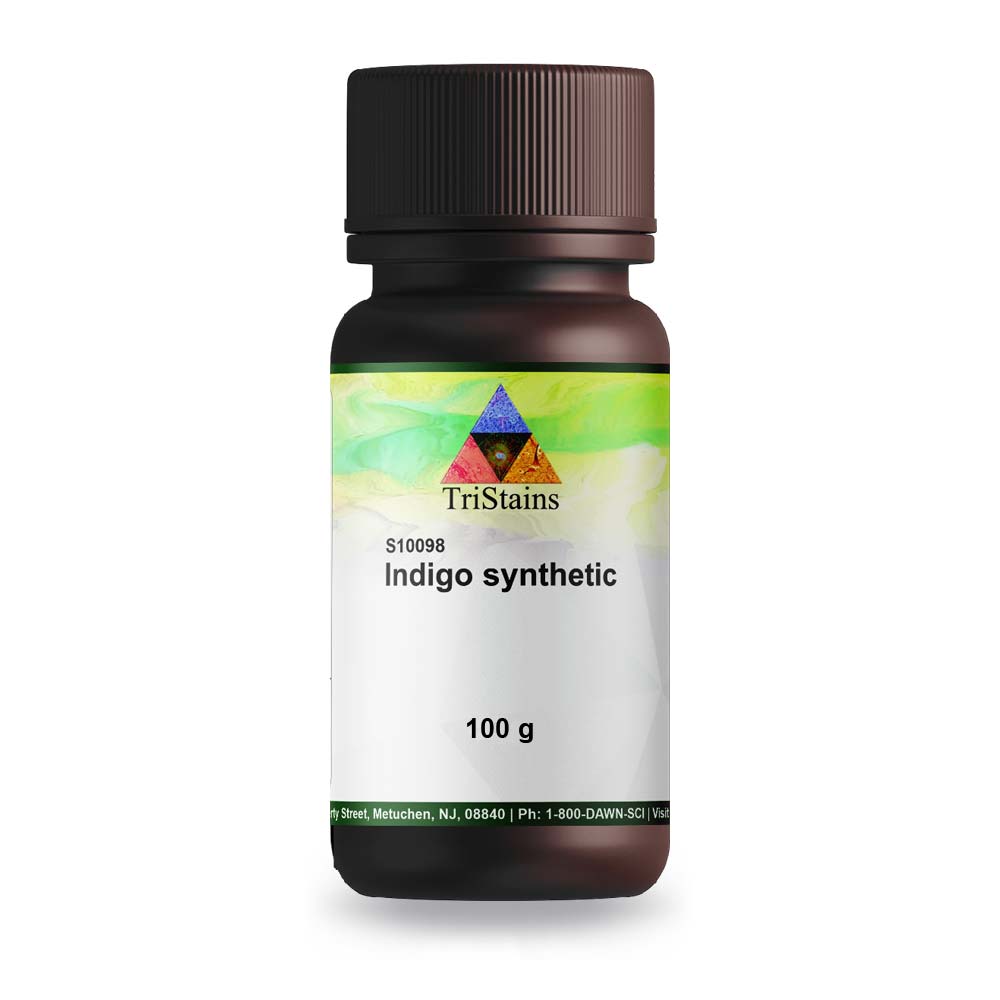
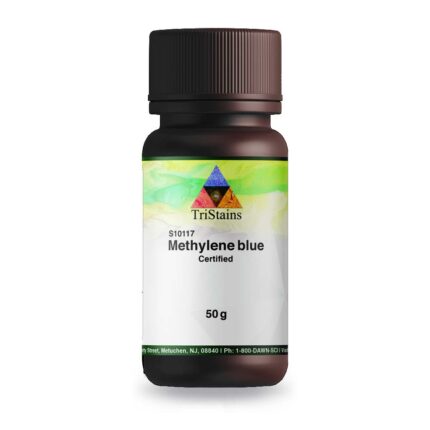
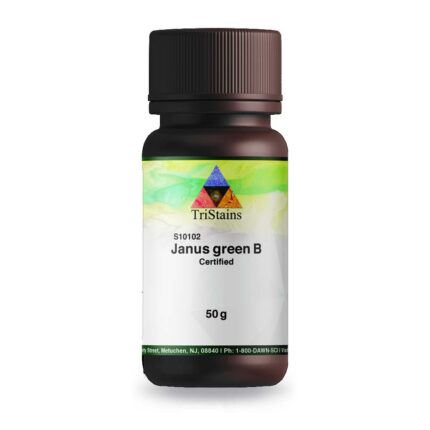
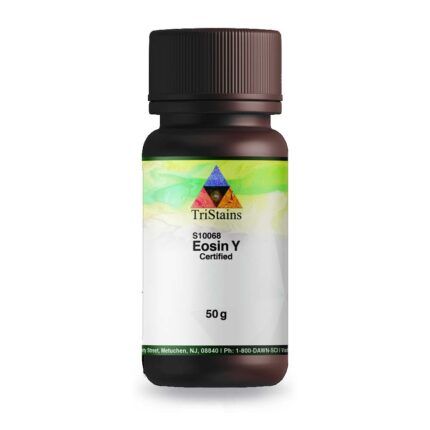
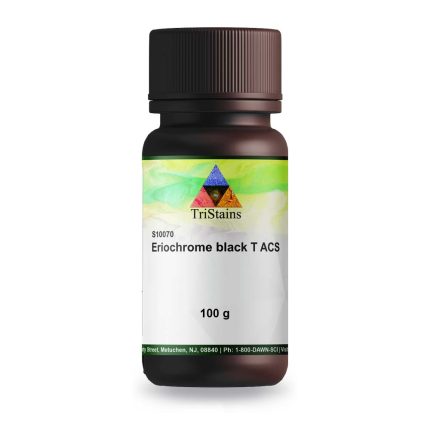
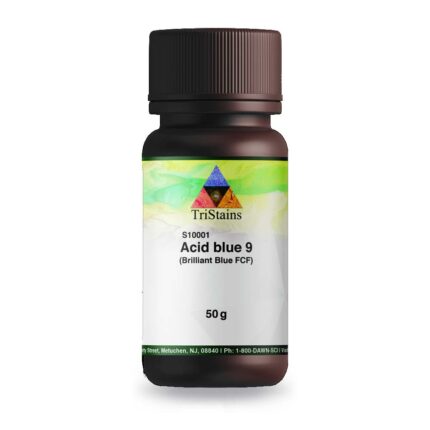
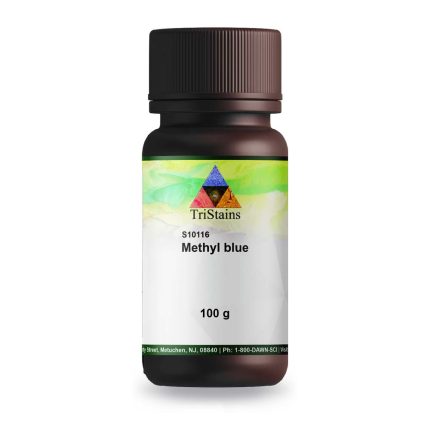





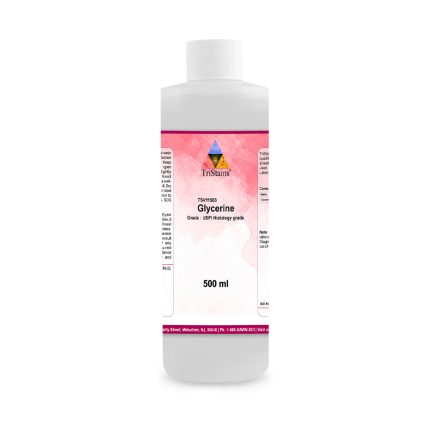



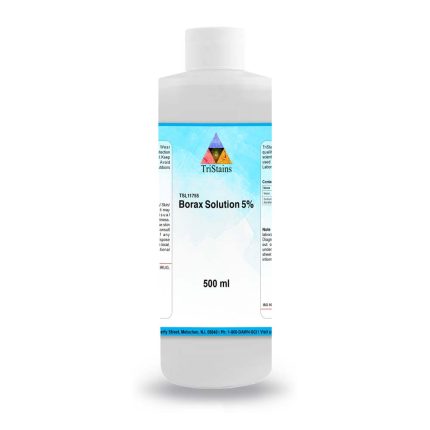
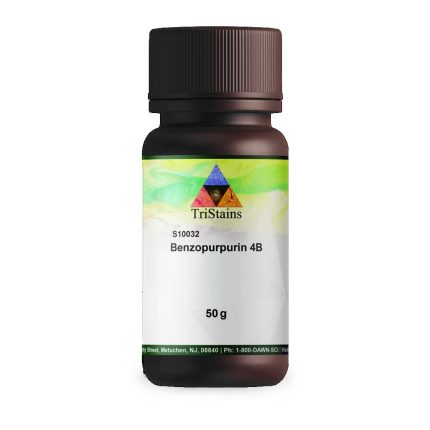

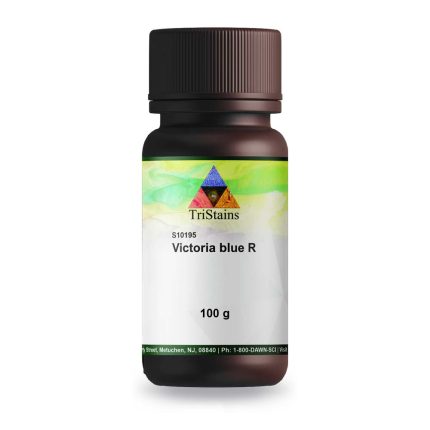
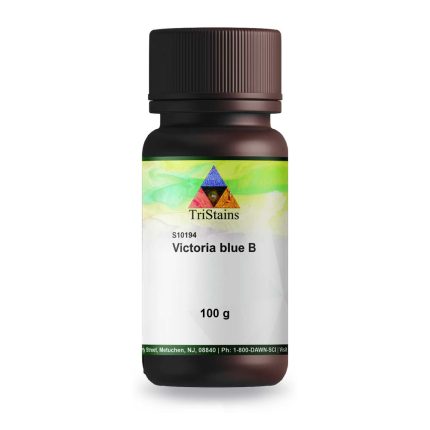
Reviews
There are no reviews yet.